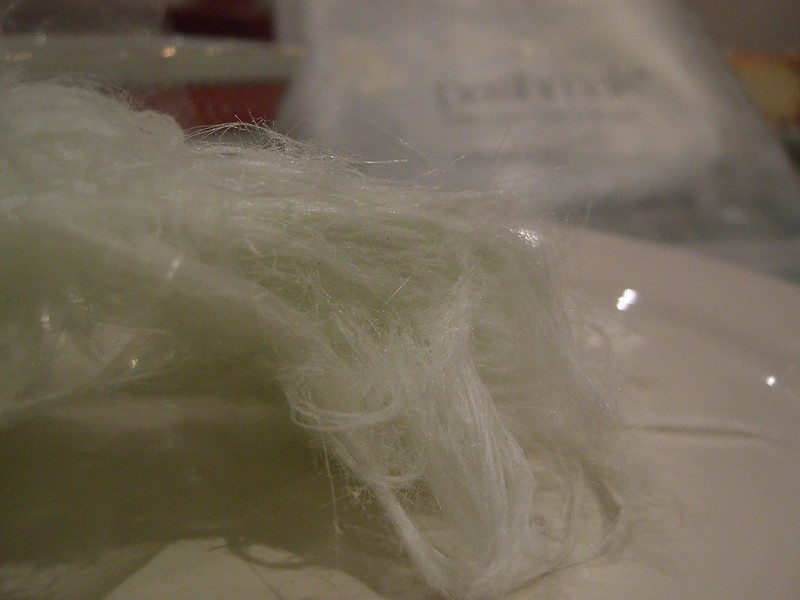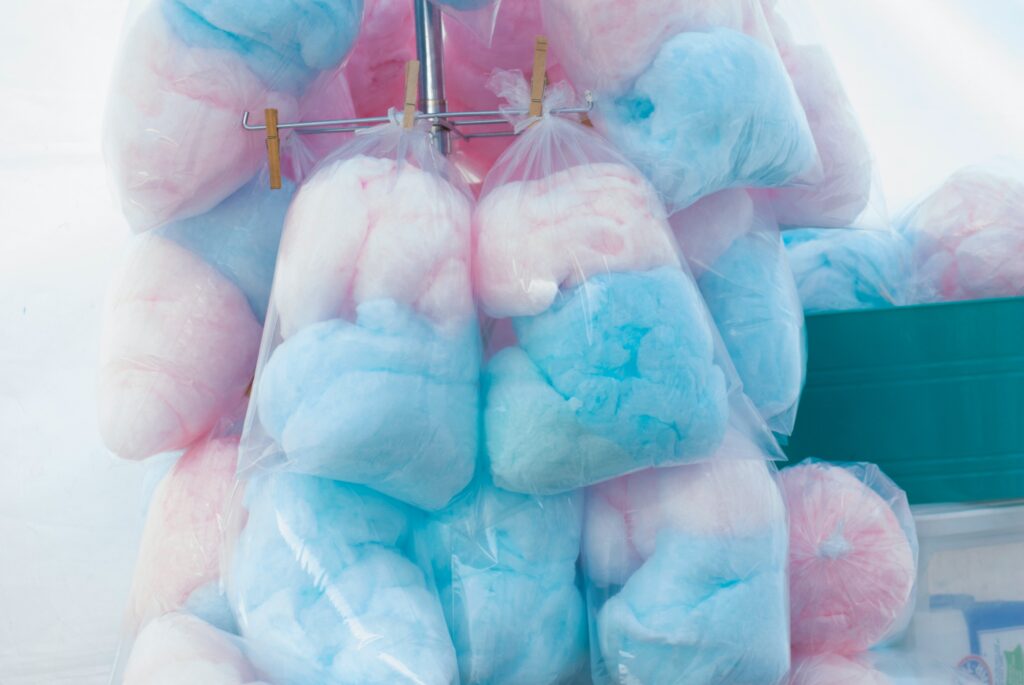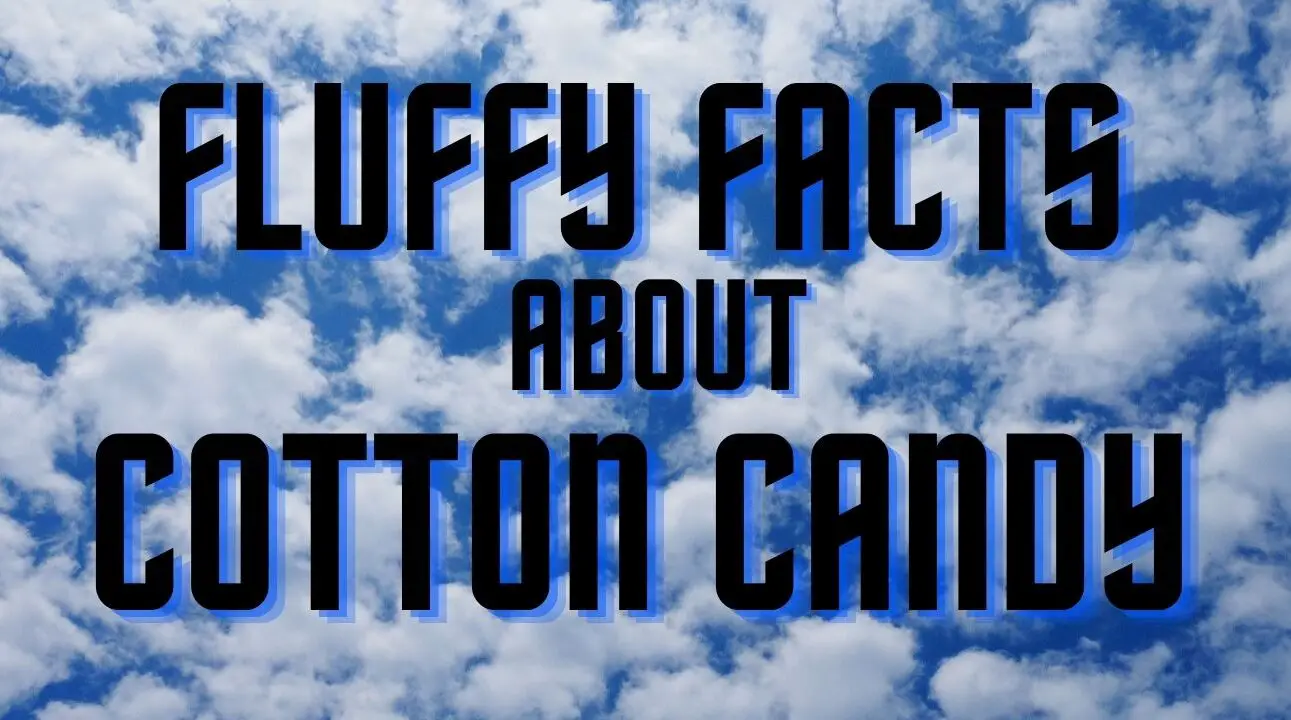Cotton candy, also known as fairy floss, is a type of spun sugar. It is made by heating sugar (along with food coloring/flavoring), then spinning it into a sticky, fibrous mass. Cotton candy is usually eaten by hand, but it can also be used as a topping for various desserts. Some food bloggers even garnish their drinks with it!
Keep on reading for interesting facts about the sensational delight, cotton candy.
1. Cotton candy has many nicknames
- Floss candy
- Fairy floss
- Spun sugar
- Dragon’s beard
Iranians or Persians call it pashmak! (Their version is handspun)

Pashmak has sesame seeds integrated which allows a nutty yet still sweet taste. It tastes quite filling compared to normal cotton candy as well!
2. Cotton candy was invented by a dentist and confectioner duo
Dentist William Morrison and candyman John Wharton teamed up to create a cotton candy printing machine.

What is a confectioner?
A confectioner creates sweet food items high in carbs and sugar. Candied apples, cotton candy, and pastries are all examples of what a confectioner works with.
3. While still not great for the teeth, cotton candy is lighter than other sweets
In a 1 oz bag of Fluffy Stuff comes 28 grams of sugar.
For comparison, a can of Sprite has 38 grams of sugar. That is 27% less!
4. The longest floss candy measures out to a whopping 1,400 m!
Or rather, 4593ft in freedom units.
For comparison that is 12.7 football fields!
As you can imagine, it took way more than 1 person to create it.
According to Guinness World Records, the longest piece of cotton candy was created by . . .
. . . by Kocaeli Fuar Müdürlügü in Izmit, Kocaeli, Turkey, on 10 July 2009.
The candyfloss weighed 300 kg.
70 of Kocaeli Fuar Müdürlügü staff participated in making the candyfloss in 6 hours.
From Guinness World Records
5. Spun sugar existed way before the machine
An earlier version of cotton candy was handspun, costly, and time-intensive.
Because it was so laborious, this expensive dessert was reserved for the rich and powerful. Sugar was already such a rare commodity back then.
Here’s a video of a similar process
6. Blue and pink is the most popular color because of iconic flavors
Blue raspberry aka Boo Blue and pink vanilla aka Silly Nilly.

Extra Fact: National cotton candy day is December 7
Why is national cotton candy day Dec. 7?
No sources are entirely sure. The earliest mention/record of national cotton candy day I could find was dated in Dec. 7 2011 by CNN. The day has not been recognized by Congress so this day is most likely created by a random social media buzz. It is strange for the day to be in winter for a summertime treat. As long as there is a day for cotton candy, everything is fluffy!


